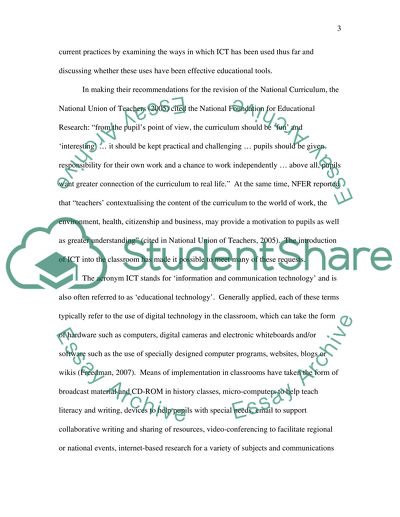Cite this document
(ICT in the National Curriculum Coursework Example | Topics and Well Written Essays - 1750 words, n.d.)
ICT in the National Curriculum Coursework Example | Topics and Well Written Essays - 1750 words. https://studentshare.org/information-technology/1555290-virtual-classroom
ICT in the National Curriculum Coursework Example | Topics and Well Written Essays - 1750 words. https://studentshare.org/information-technology/1555290-virtual-classroom
(ICT in the National Curriculum Coursework Example | Topics and Well Written Essays - 1750 Words)
ICT in the National Curriculum Coursework Example | Topics and Well Written Essays - 1750 Words. https://studentshare.org/information-technology/1555290-virtual-classroom.
ICT in the National Curriculum Coursework Example | Topics and Well Written Essays - 1750 Words. https://studentshare.org/information-technology/1555290-virtual-classroom.
“ICT in the National Curriculum Coursework Example | Topics and Well Written Essays - 1750 Words”. https://studentshare.org/information-technology/1555290-virtual-classroom.


